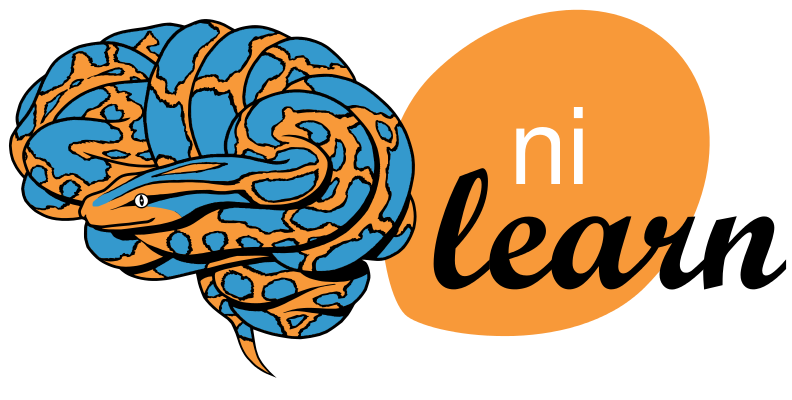7. Advanced usage: manual pipelines and scaling up¶
In this section of the nilearn documentation, we describe the building blocks that can be assembled to create a machine-learning data analysis pipeline. This section is slightly more advanced and abstract than the other. It provides knowledge that is useful to go off the beaten path in terms of data processing.
